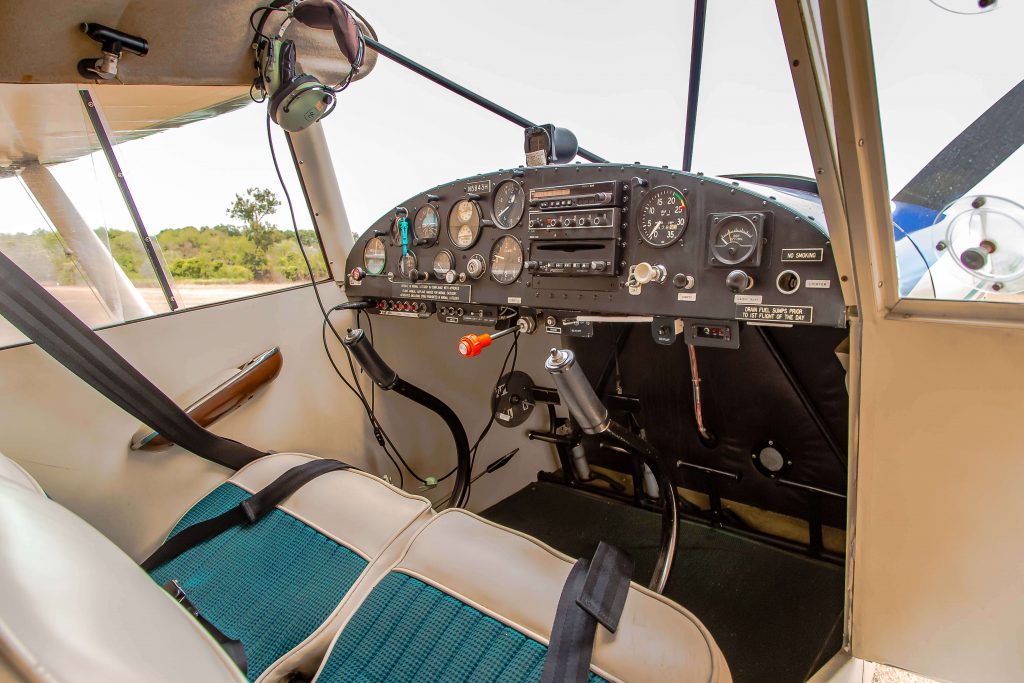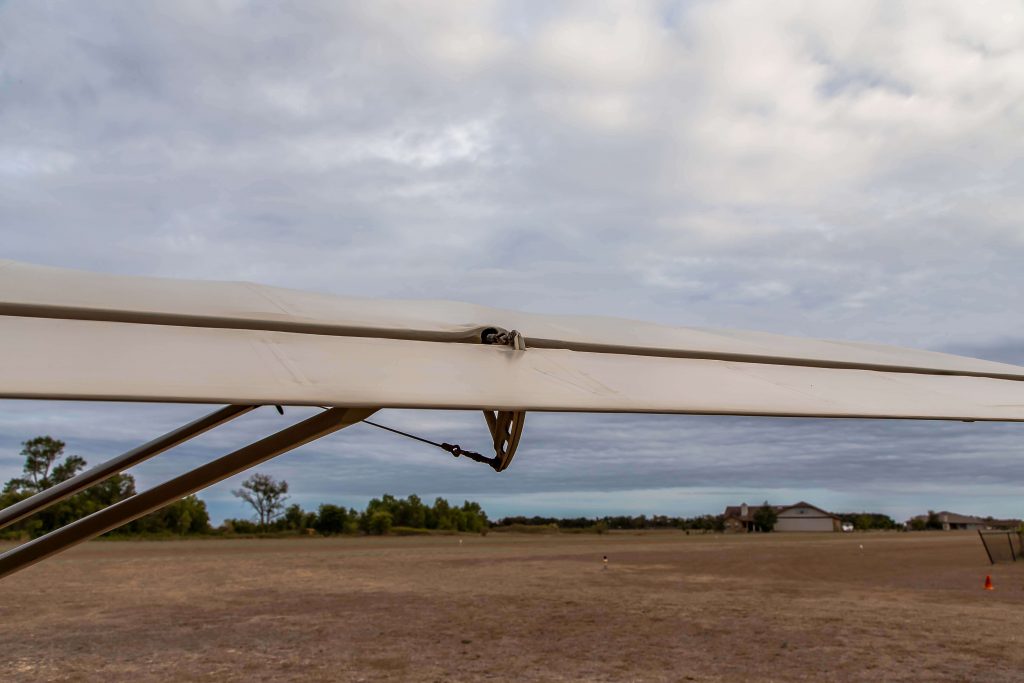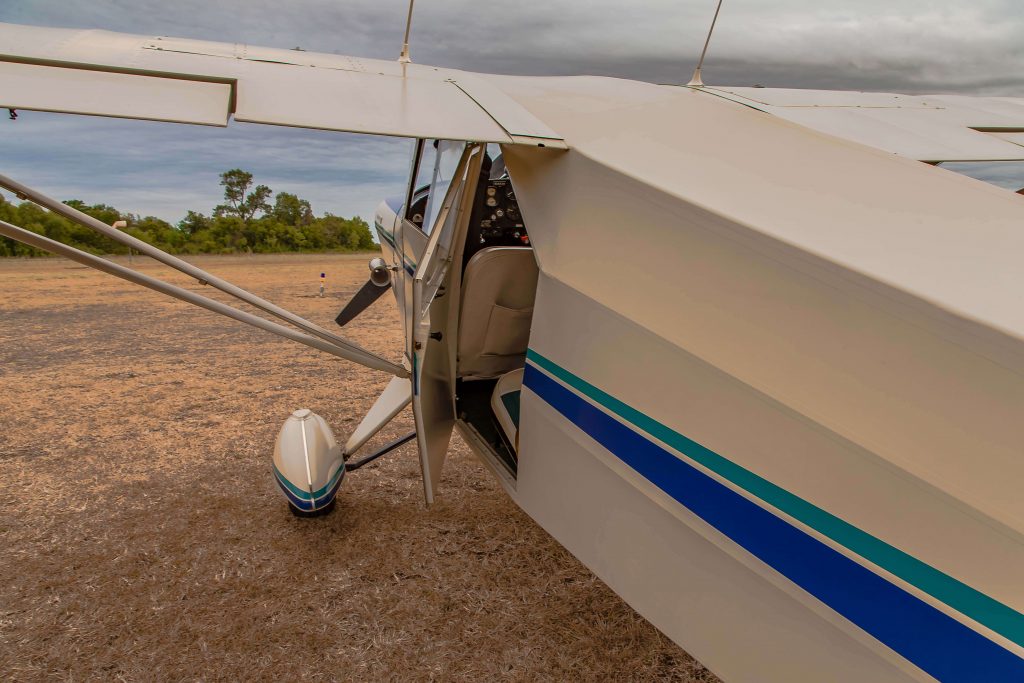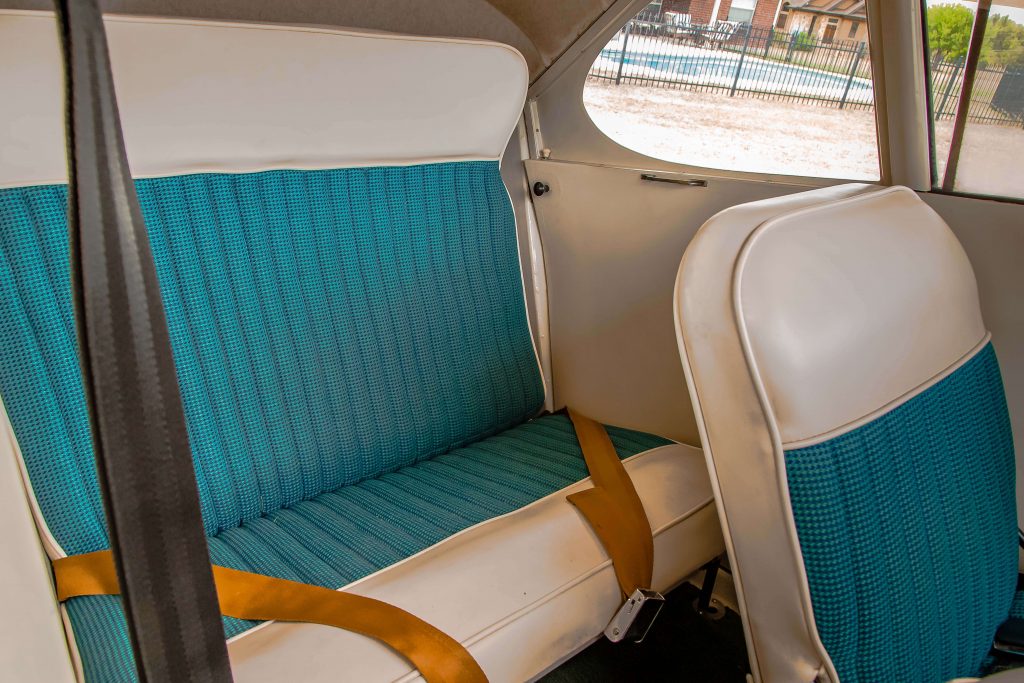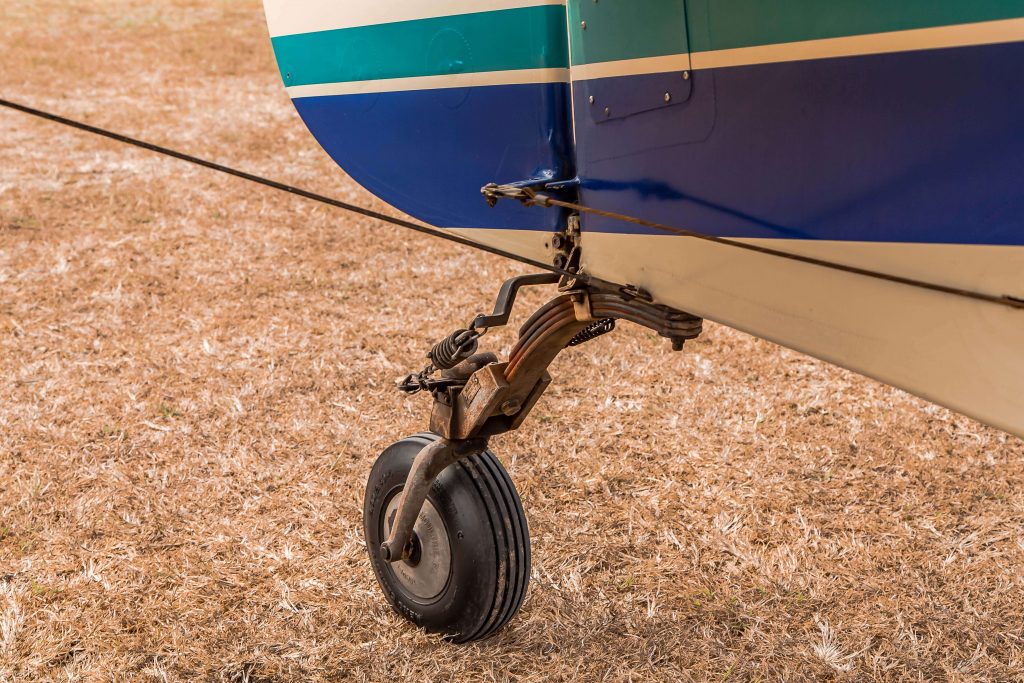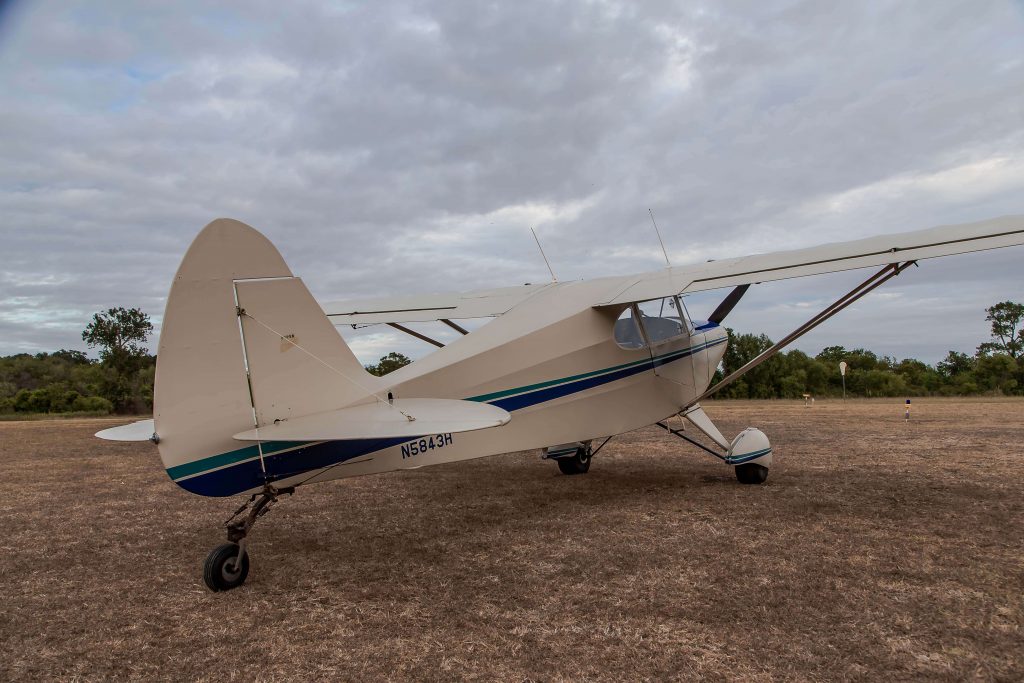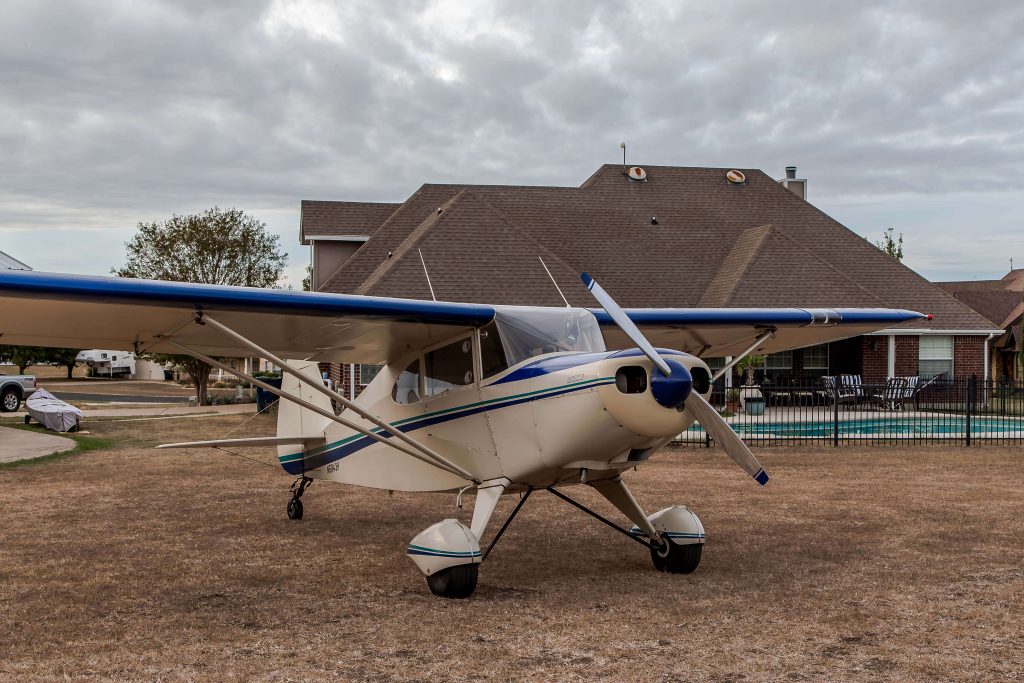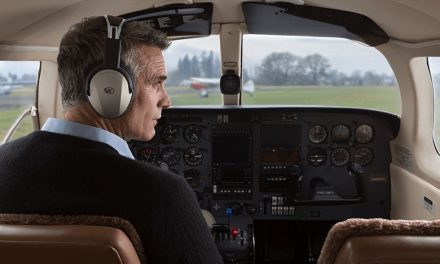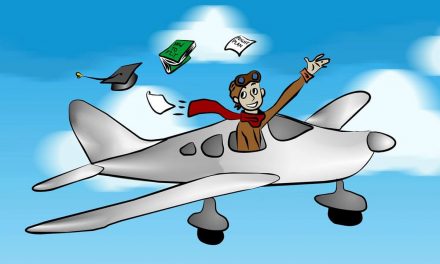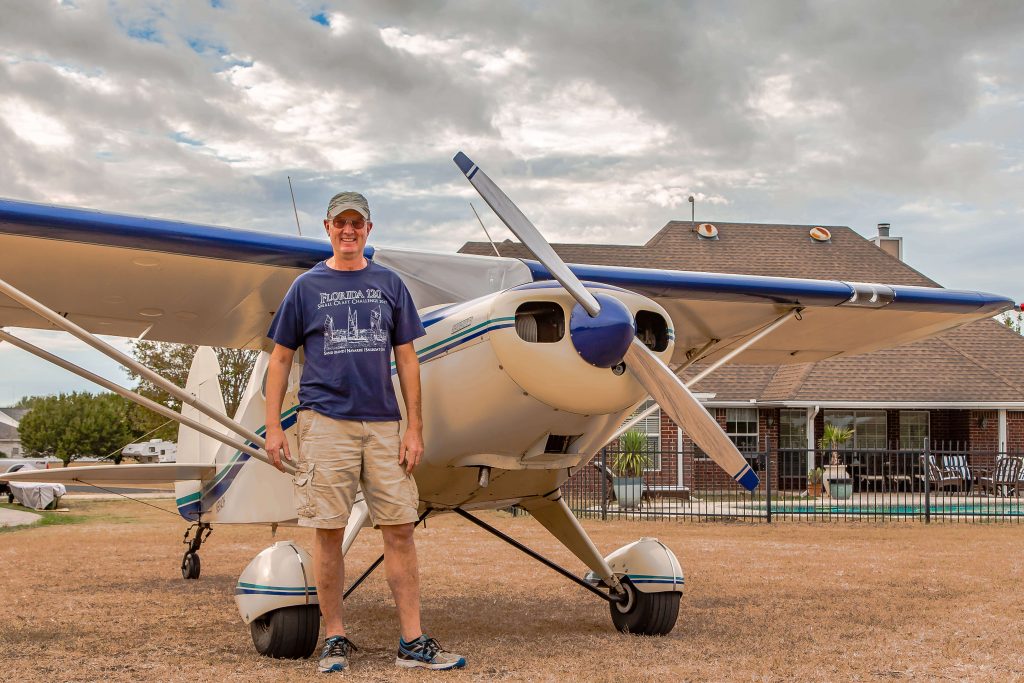
Photo by Jack Fleetwood (www.jackfleetwood.com)
By Jeff Perkins
What is your advice for someone considering buying this type?
Make sure you know what you’re getting. They’re typically in hangars, but a fabric airplane doesn’t last if it’s sitting on the ramp. So, they’ll last forever if you keep them in the hangar. It’s perfect for training. As an example, I taught my son to fly this airplane. He got his private pilot certificate in this airplane. We have a Pitts S-1. He flew that in competition aerobatics. So, it’s a real good stepping-stone to the Pitts in regards to the tailwheel characteristics. And now he’s an F-18 fighter pilot for the Navy. It all went right down the road. So, it’s a real good training airplane and if that’s what you want it’s perfect for that. It’s not a particularly fast airplane obviously.
The tailwheel characteristics and those tailwheel skill sets needed, the Clipper needs an enhanced version of that. If you compare it to something like a Cessna 170 or a Decathlon even, they are pretty benign in the tailwheel characteristic range. So the Clipper is good for a training platform. That seems counter-intuitive, but you really want an airplane that’s difficult to train somebody because once they’ve learned it, then everything else pretty much pales. It’s easy after that point.
What’s your favorite thing about this airplane?
It’s a wonderful old airplane. They were only made the one year: 1949. Piper built just a little over 700 of them and were told by Pan American — who was operating the Flying Clippers, the flying boats — you’re no longer going to use that name, “Clipper,” because you’re infringing on our names. So, after 1949 the next year was almost the same airplane but it became a Pacer. They put flaps on it, took the stick away, which is what everybody wants. Pilots want to be able to fly that way. Then of course it just advanced from there and they ultimately put a nose wheel on it and it became a Tri-Pacer and so on.
It’s probably one of the best combinations of shortwing Pipers because it has sticks and it’s the ubiquitous tailwheel airplane. In other words, it’ll eat your lunch if you aren’t paying attention. It’s a complex tailwheel airplane. It exhibits all of those characteristics that people are concerned about in tailwheel airplanes. It enhances those. So, it’s fun.
My airplane is almost entirely original including the expander tube brakes, which still work but there aren’t any parts for them unless someone has them pigeonholed somewhere. The brakes are a little weak but that’s kind of what goes with the charm of the old airplane. My son and I have flown this to Oshkosh at least 10 times, from Georgetown, Texas, to Oshkosh, which is almost 1,000 miles. And we think about this every time we fly — this is what it was like in 1949. This is what people flew. Of course, they weren’t as big as we are. People were smaller in 1949. They weren’t 6-foot-4 and 200-plus pounds. But still, it’s cozy and it is the charm of the airplane that it’s original with the original engine in it.
What is the one thing you’d change?
I’m the fourth owner of the airplane. It flew to Wichita from the factory and it basically stayed there its whole life. The lady that had it, there was no expense spared to rebuild it. When we went out there to look at it I thought, well I’m buying it for less than I could even rebuild it myself. They took the fuselage tank out, which is really important for not only fitting but it’s safe. So it has the two Tri-Pacer wing tanks: 36 gallons of fuel. And that makes it safer so that’s probably the biggest thing. That and brakes. The actual Grove replacement brakes would probably be a little better and I’ll probably end up that way here soon when these expander tubes fail.
I’m not going to do the ADS-B Out. Other than not being able to go into Class Charlie or Bravo or above 10,000 feet — 10,000 feet is not really where this airplane flies. I really just want to preserve it the way it is because it works so well and it’s very economical and it’s just a fun little airplane. It’s low time. It’s a 3,100-hour airplane. It’s in its teenage years for a 71-year-old airplane. I fly professionally and of course we’ve had to do ADS-B in all those airplanes. But this one, no.
What you see in the panel, the lady that owned it prior to me had done. That radio is just a nav radio. There’s a 4-inch venturi on the pilot side that drives an attitude indicator, only of course while you’re moving — it doesn’t work before takeoff. There is no directional gyro only a whiskey compass. The first few flights when my son was learning to fly, when we’d go to Oshkosh it was old school. He learned to put the lines on a sectional. It takes, I think, seven sectionals to get to up there. You gotta fold them all the right way and number them so you can go from one to the other. And that’s how we’d fly. Nowadays everybody’s got their phone with the highend GPS on it. There’s room in the panel and I could make room, but I’m not interested.


